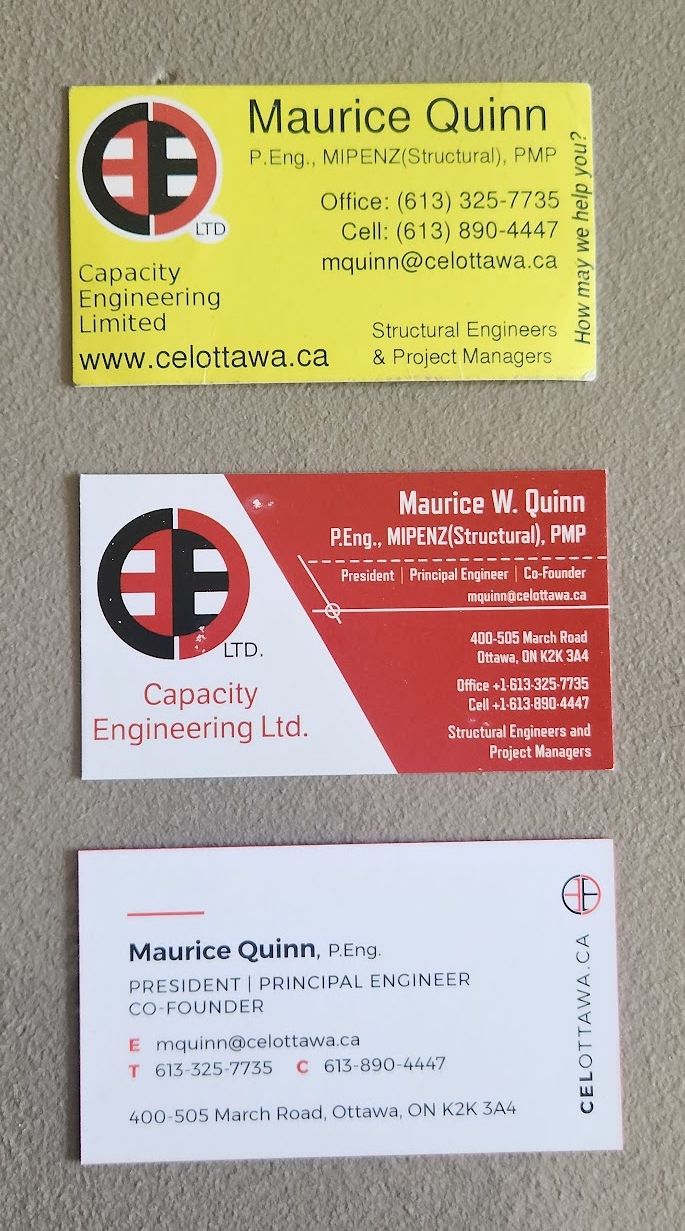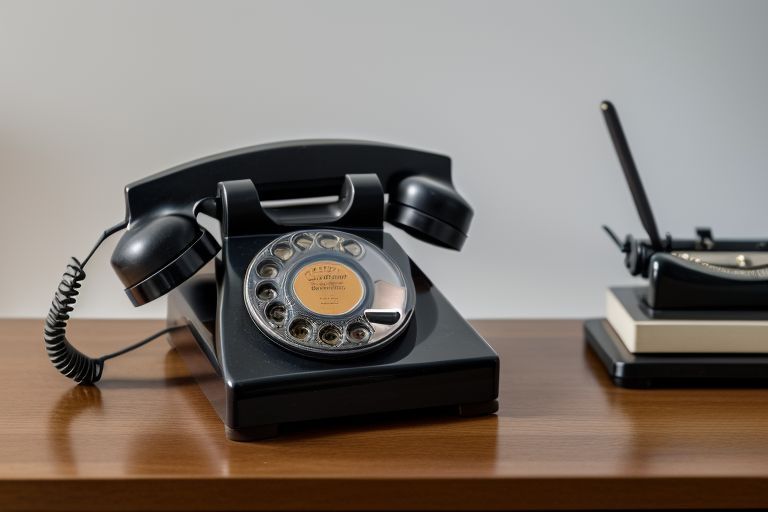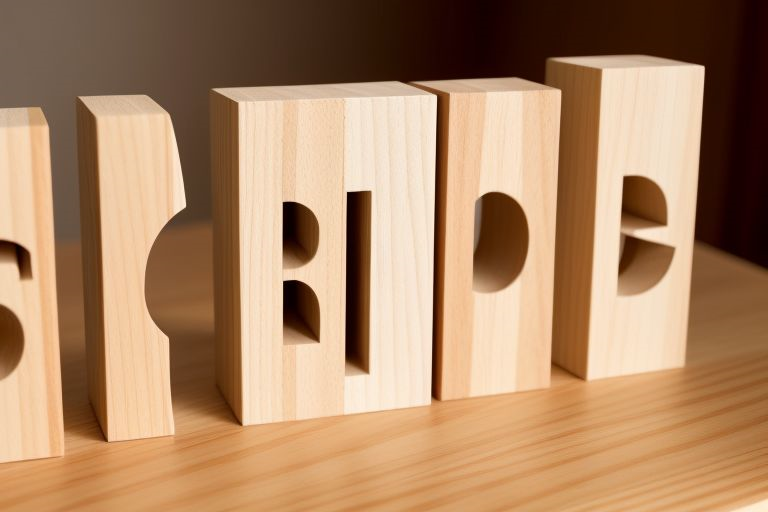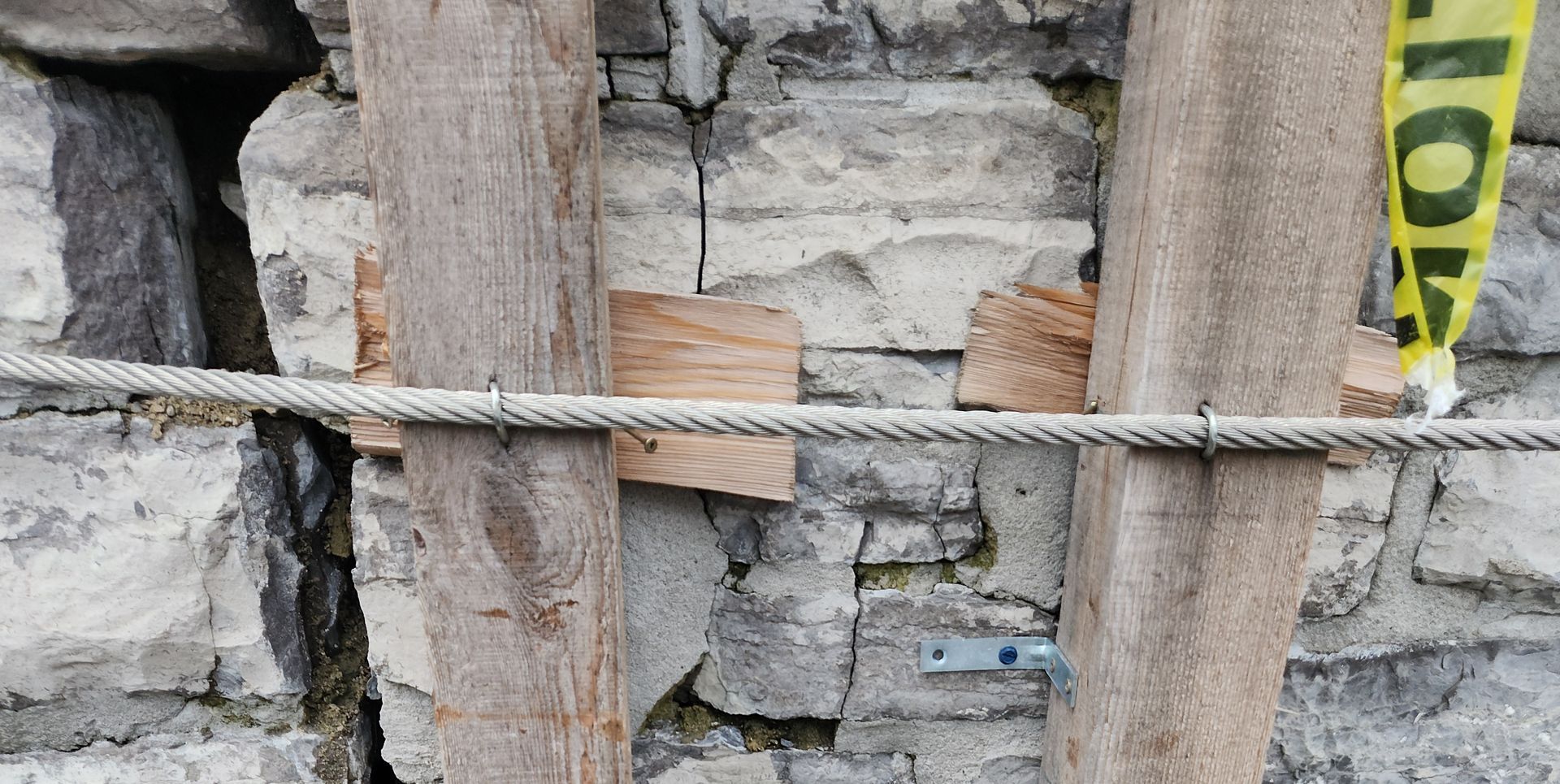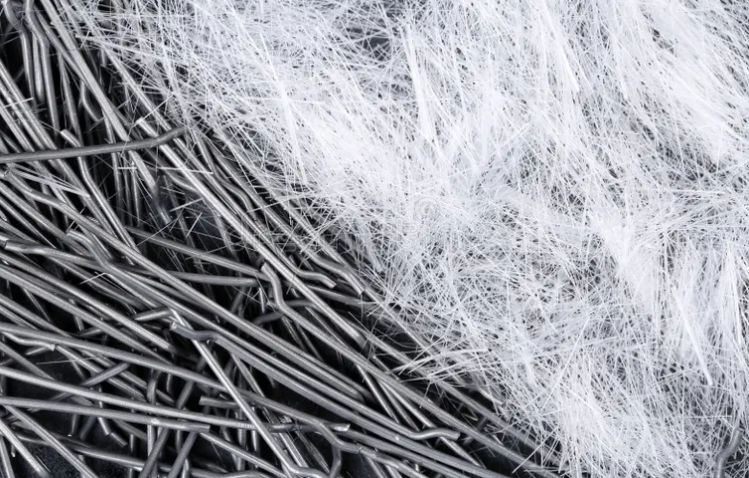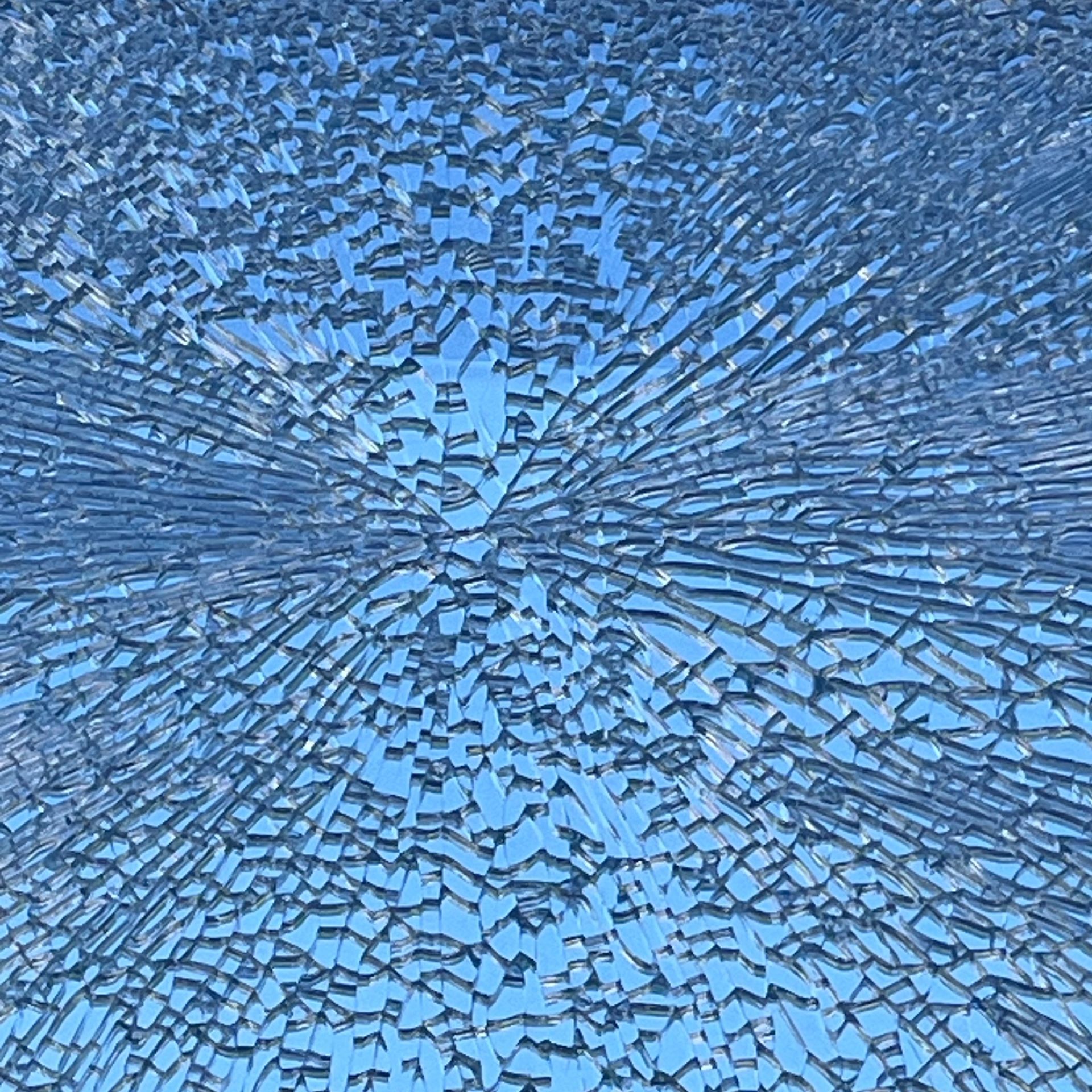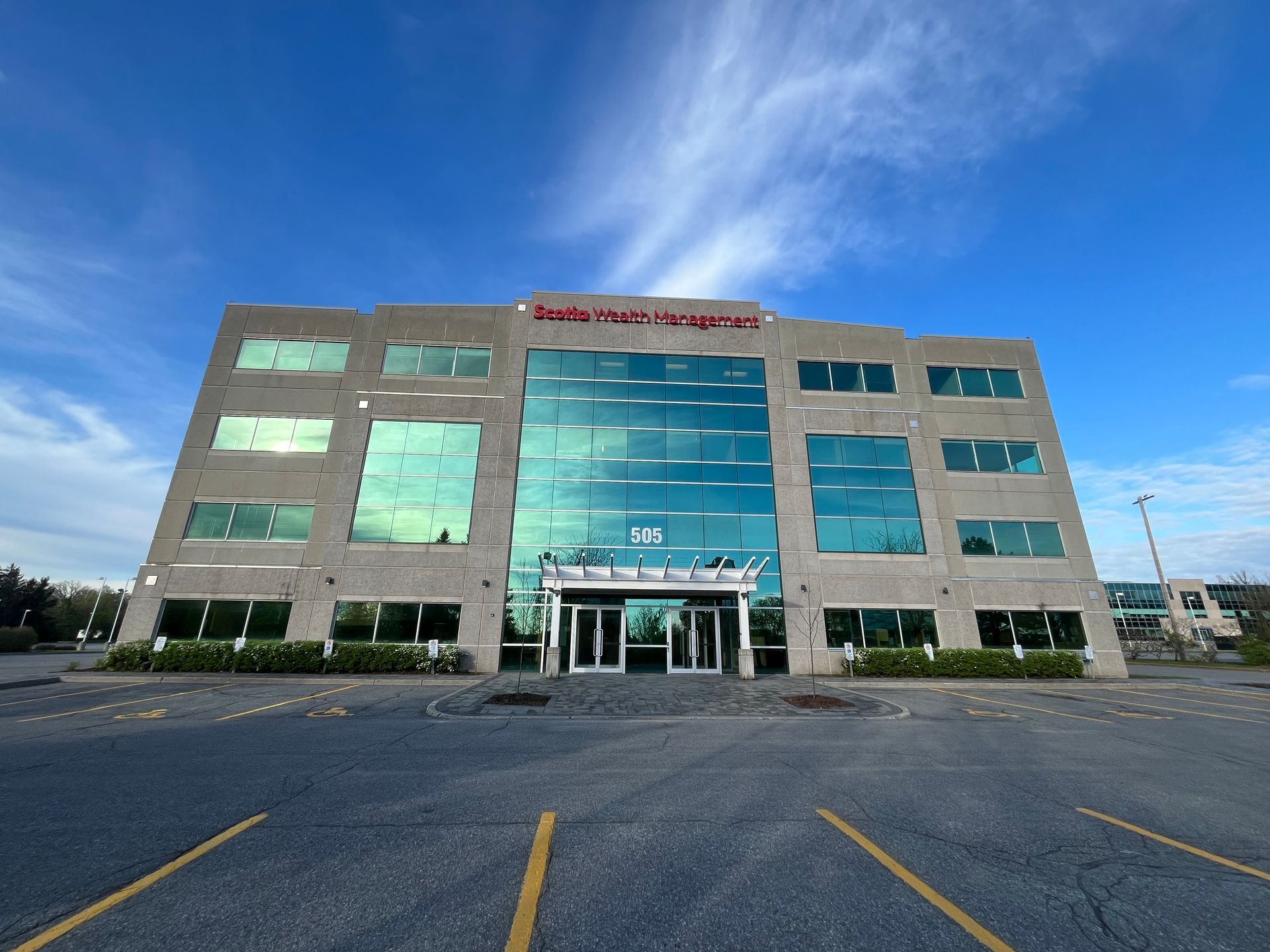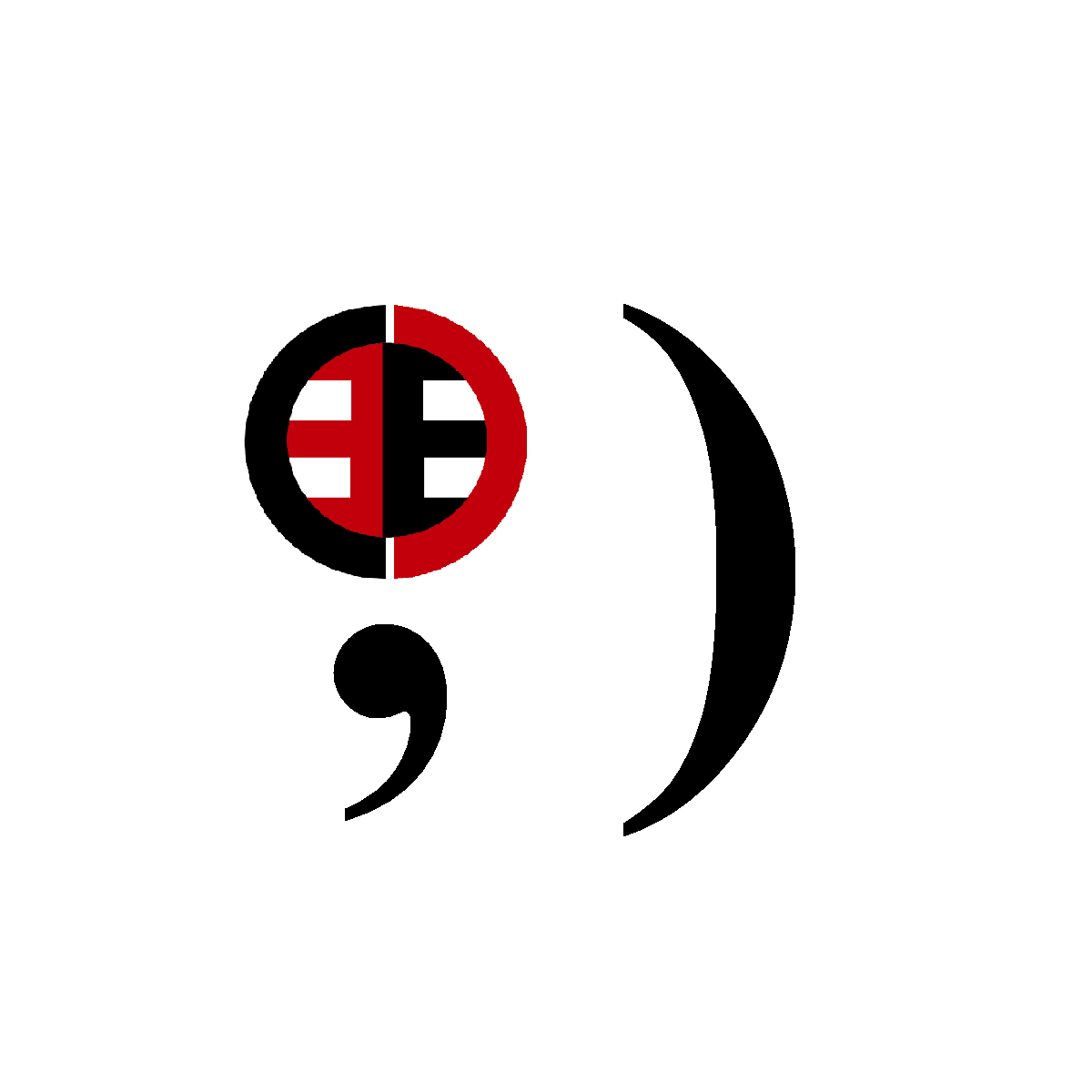Aluminum Design - Not Your Average Metal
If you're familiar with steel design, aluminum might just surprise you, and be a welcome technical challenge...
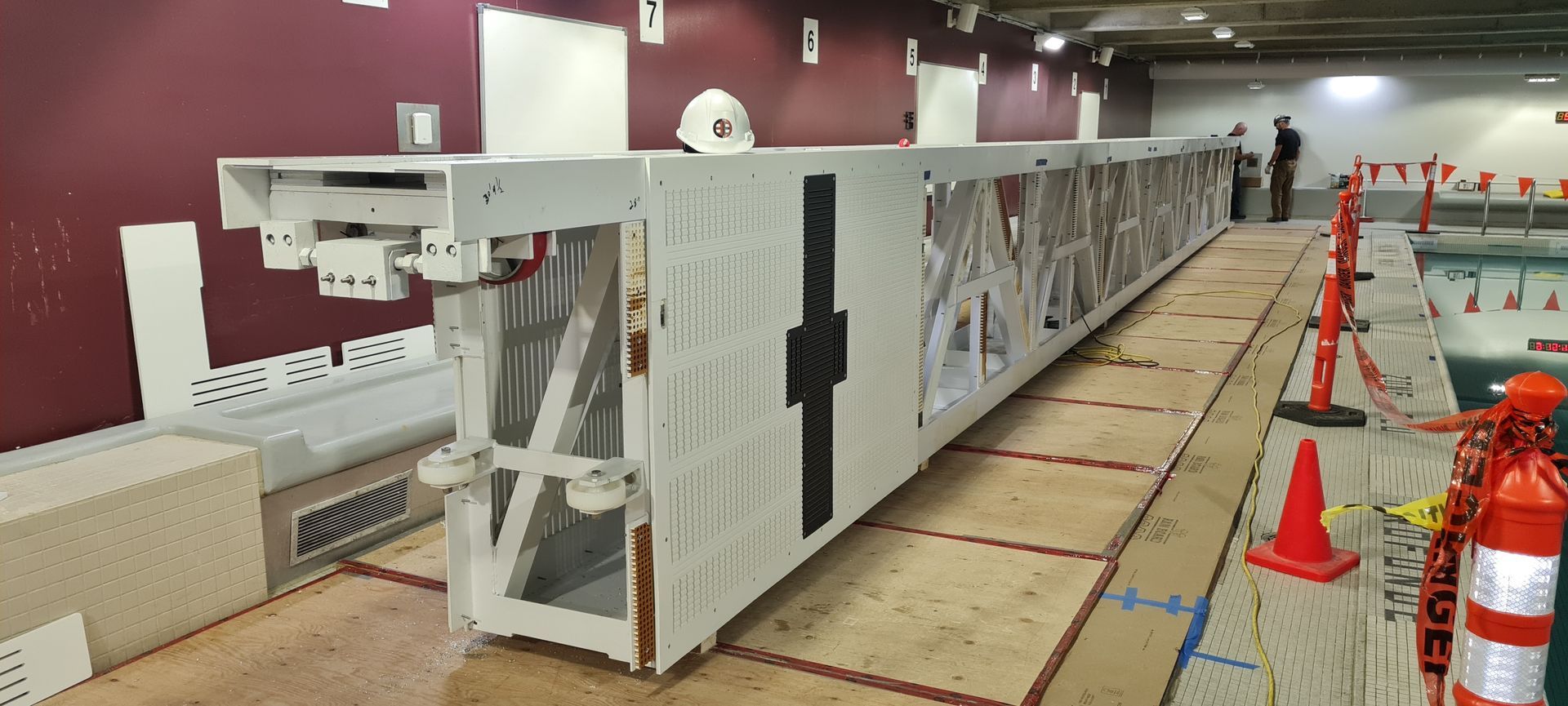
We were recently engaged to design an aluminum in-pool bridge at the University of Ottawa's Olympic swimming pool.
The existing bridge had suffered significant galvanic deterioration. The timeline was short, and the client's brief was very clear: They needed the complete design, with drawings, within three weeks. We delivered in 18 days.
Let's set the flex aside: This blog post is more about the challenges of designing in aluminum than one of our numerous successes doing so...
Light, yet seemingly very strong and stiff, aluminum can seem like a wonder metal. It is an interesting design choice, and can have a better strength-to-weight ratio when compared to steel (generally not after welding; more on that later). It is also much more resistant to corrosion, with most aluminum alloys forming a stable patina in many exposures/environments. It is, of course, still a metal, and subject to galvanic corrosion if allowed to form a circuit through contact with a dissimilar metal and provided some form of an electrolyte (yes, this can even be as simple as humid air). Further complicating the matter is the fact that bolted connections in aluminum are generally made with either aluminum or stainless steel bolts, with stainless steel being far more readily available (read: often aluminum bolts must be manufactured for your order). So you might have to plan on either or in your design, and when considering durability.
Your first challenge, should you choose (or be coerced) into accepting it, is to identify material properties to which you're going to design. Aluminum is not like steel in that common materials will all have commonly available sections. Instead, you need to start by looking to what grades are available in sizes and shapes you will find useful. Different markets have widely different availabilities, and different aluminum grades have very different material properties. You also need to be very careful about making sure your selected material grade will match with your planned assembly, fabrication, and connection methods. Many aluminum material grades are heat treated, or gain strength through methods that will be negatively affected by the heat of welding.
When it comes to choosing the right aluminum grade for your project, you need to be careful to think in more detail about what each section needs, and in a far greater level of detail than you may require of a steel section. Different types of aluminum alloys have different properties and can be more or less difficult to work with. The most commonly used grades for structural purposes are 6061 and 6063. Let's look at the 6xxx series and discuss how we go about adapting to the material properties and tendencies presented in our design work.
6xxx series alloys are easy to shape (which gets them rolled and formed into structural sections like angles, channels, and beam shapes) and can be heat-treated to make them strong. That heat-treatment may be accomplished by several methods, but again let's focus on the most common: T5 and T6. Every aluminum specification should contain two parts, the base metallurgical material (generally 5xxx or 6xxx for structures), and a treatment annotation (generally the T5 or T6 mentioned). Each of these, like all aluminums we employ in structural design, are "pretending" to have a yield point. They have no classic yield plateau like steel, but rather a region at which their strain accelerates precipitously, which we want to avoid. Thus, since our modern design processes are based on a yield strength, we fake a yield strength to work with: A straight line is drawn on the stress-strain curve at 0.2% offset to give us our "effective" yield point. A fiction, a ghost, a figment of a research engineer past's imagination. Now that we have the Jacob Marley/Ebenezer Scrooge point for a meterial, we really aught to understand how we got there. That's a matter of heat...
Let's look at the two treatment annotations we expect to encounter: T5 means that the material has been artificially aged after cooling from an elevated temperature shaping process (ie: hot rolled, then cooled, and then treated with an extended period of time at a temperature marginally below the melting point; this permits the alloying elements to enter into a solid solution, after which the section is quenched to lock in the uniformity of the material). T6 is similarly prepared, with the section being solution heat-treated and artificially aged. Artificial aging is another heating process, this time much lower, typically from 160°C to 200°C for up to 4 hours (2 hours being generally considered best). These grades therefore have more strength than basic aluminum, but have achieved this through a heating and rapid cooling process, and therefore have strengths that are greatly affected and changed by welding. The 5xxx series alloys are more expensive to shape, but they are less affected by welding and can keep their strength. It's important to understand the strengths and weaknesses of each type of alloy so you can choose the best one for your project. That doesn't mean that we have to avoid our more commonly available friends 6061 and 6063, it means we must be aware of the loss of strength at the weldment. For some very high efficiency applications, this is then a curiously circuitous design process of refining the lost strength versus the strength needed to develop the connection in a weld. This difficulty is more typical of small parts and areas with multiple weldments near one another. A detailed discussion of St. Venant's principle and its application here isn't really germane to this post, but suffice it to say that for most of our applications, we have sufficient space between welds, holes, transitions, etc. to allow us to avoid excessive complication in our connection designs. Thus we apply a standard overstrength methodology, and consider the ends to be of a reduced strength compared to the parts of the assembly that would never get heated above near-ambient temperatures.
If you're planning to weld the material, you'll want to use a filler metal that is compatible with the base metal to avoid weakening it excessively, or inducing brittleness (for extra credit, go down the rabbit hole of weld solidification cracking, hot cracking, and the required diffusion of weldment material into base metal; it is genuinely very interesting, but would likely take a lifetime to master, let alone a career). This is where a good and knowledgeable welder becomes absolutely essential: The most commonly used "matching electrode" for these grades of aluminum is 4043. There are charts available to help you understand what strength you will have in the weld pool and adjacent aluminum section. It is critically important that you limit heat when and as required, and consider your sections to have a reduced strength whenever heat-affected (ie: the Heat Affected Zone, or HAZ). An understanding of how far the material changes have impact is equally important, but a rule of thumb can be applied in most cases. Literally a rule of thumb, or one inch (~25.4mm), is sufficient to get away from the HAZ. Thus, most of the time, simply applying more weldment to the problem can solve the issue, however, if you were to treat your aluminum design as you might most steel design, you're going to have a severely under-strength connection in an area of relatively unknown material properties. Bad mojo, and not how a professional goes about designing a structure. You can safely leave a lot of welding decisions to a suitably trained and qualified welder, but you had better understand the impacts of those possible decisions (now firmly outside of your control) on your design. Personally, I advocate leaving a maximum of the welding decisions to the welder, and planning your design so as to be tolerant of the worst case (for you). The reality is that it is nearly impossible to tell one weld process from another after the fact, and most engineering offices simply will not budget nor permit a member of staff to be on site watching all the welds be made. It is not a practical approach outside of highly specialized fabrication. Sorry, this just isn't rocket science or aerospace engineering.
If there is any take-away wisdom I can give to someone undertaking their first aluminum design, it is this: See One - Assist One - Do One. Make sure you have an experienced mentor to guide you, see if you can get your hands on one of their past designs, and make sure they are fully supporting you through your first job. You won't know everything after you first design, like any other area of Structural Engineering, this too will be a journey... But everyone starts somewhere. Aluminum design is no different, it simply has its own quirks.
